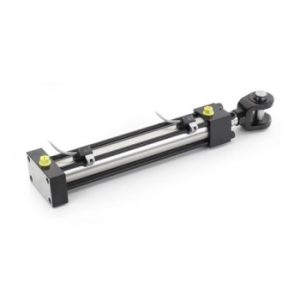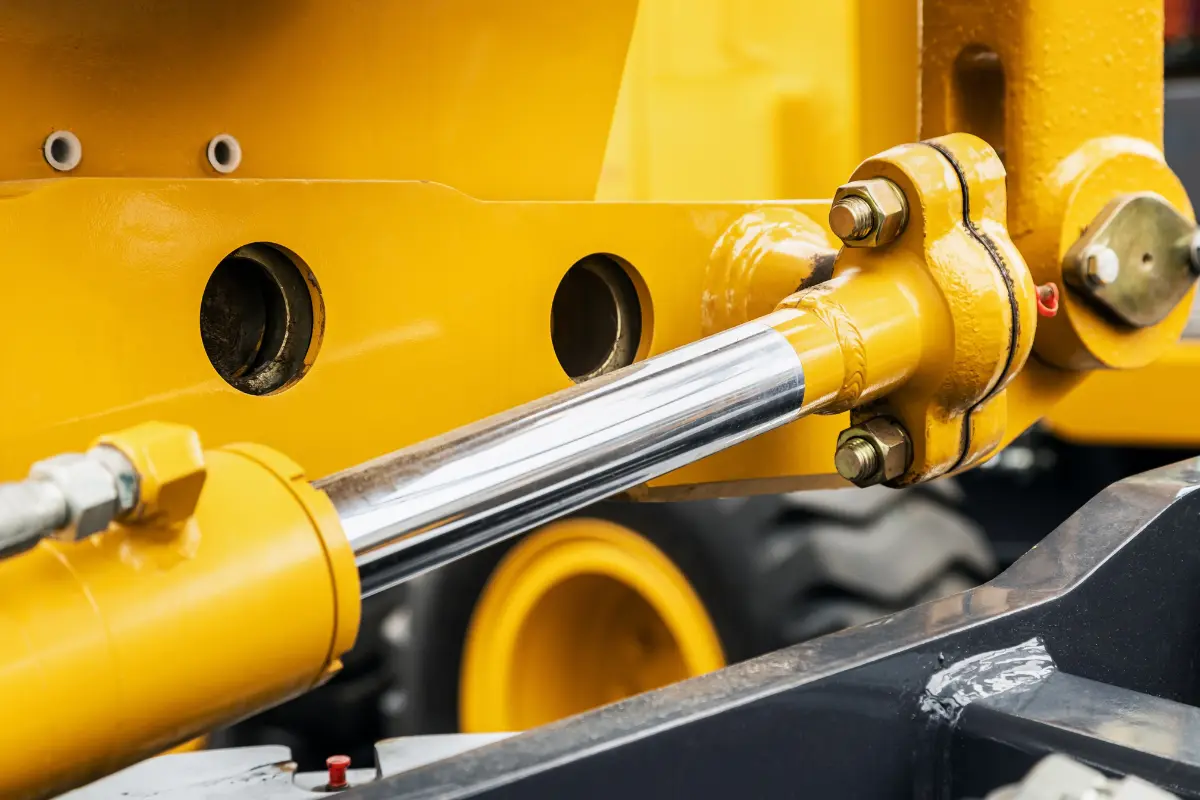Hydraulic cylinders are fundamental components in mechanical systems where significant force is required. These are used in various applications, from construction to heavy engineering. Such devices convert the energy of hydraulic fluid into mechanical force. But how exactly does this process occur? How do hydraulic cylinders work?

The Main Components of a Hydraulic Cylinder
A hydraulic cylinder is primarily composed of five parts:
- the cylinder
- the piston
- the piston rod
- the seals
- the hydraulic fluid
The pressure of the hydraulic fluid applied to the piston allows it to generate movement and force that can be used to perform heavy work.
The Working Cycle of Hydraulic Cylinders
The working cycle of a hydraulic cylinder begins with the introduction of hydraulic fluid through a valve. When the fluid enters the cylinder, it generates pressure that moves the piston along the cylinder itself. This movement, in turn, moves the piston rod, which is connected to the equipment or load to be moved. After the work, the fluid is returned to the tank, and the system is ready for a new cycle.
There, we have seen how hydraulic cylinders work.
Visit our website to learn more about the hydraulic cylinders available.

